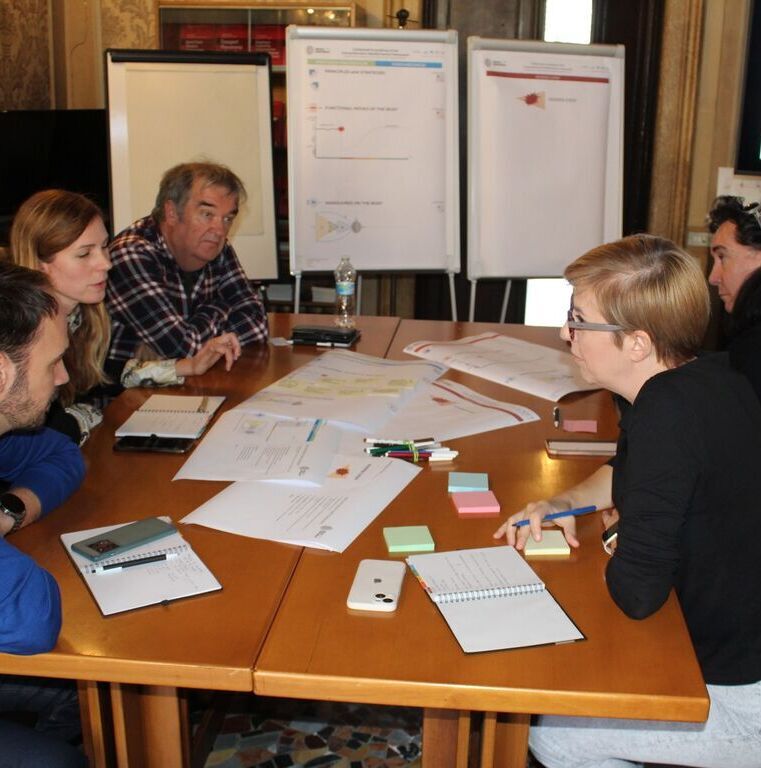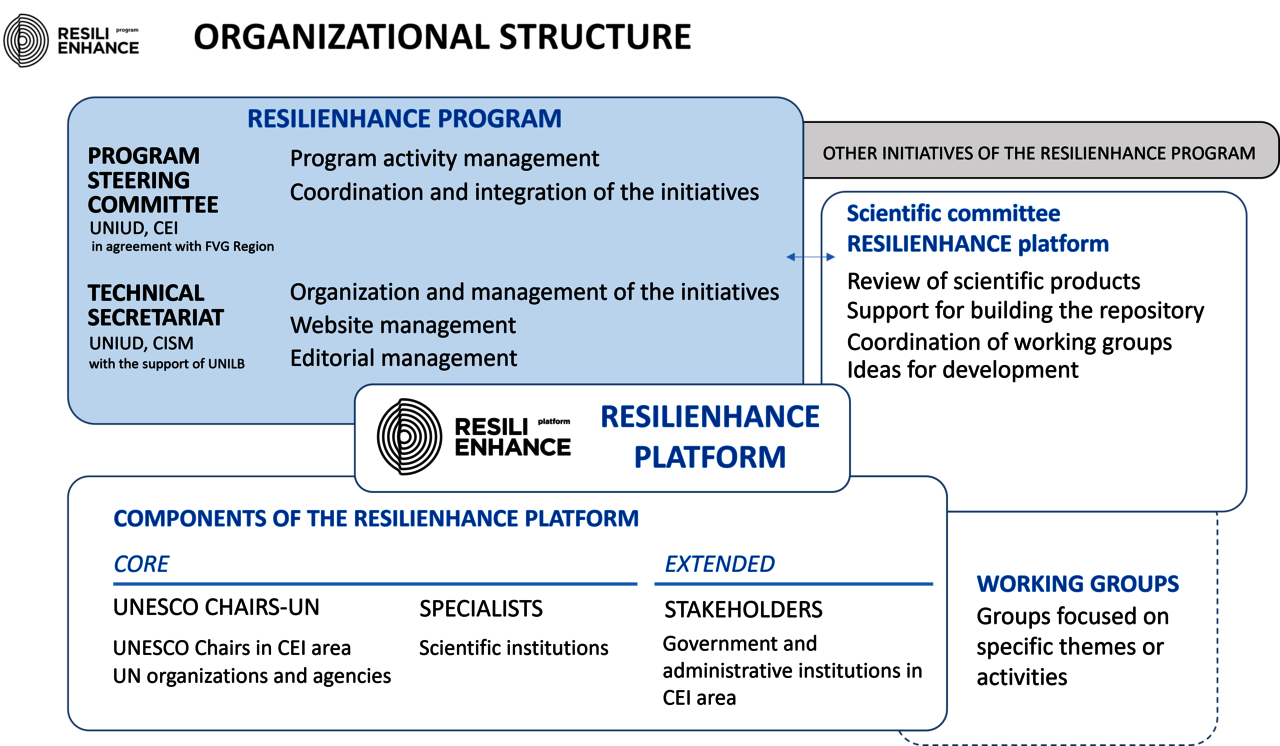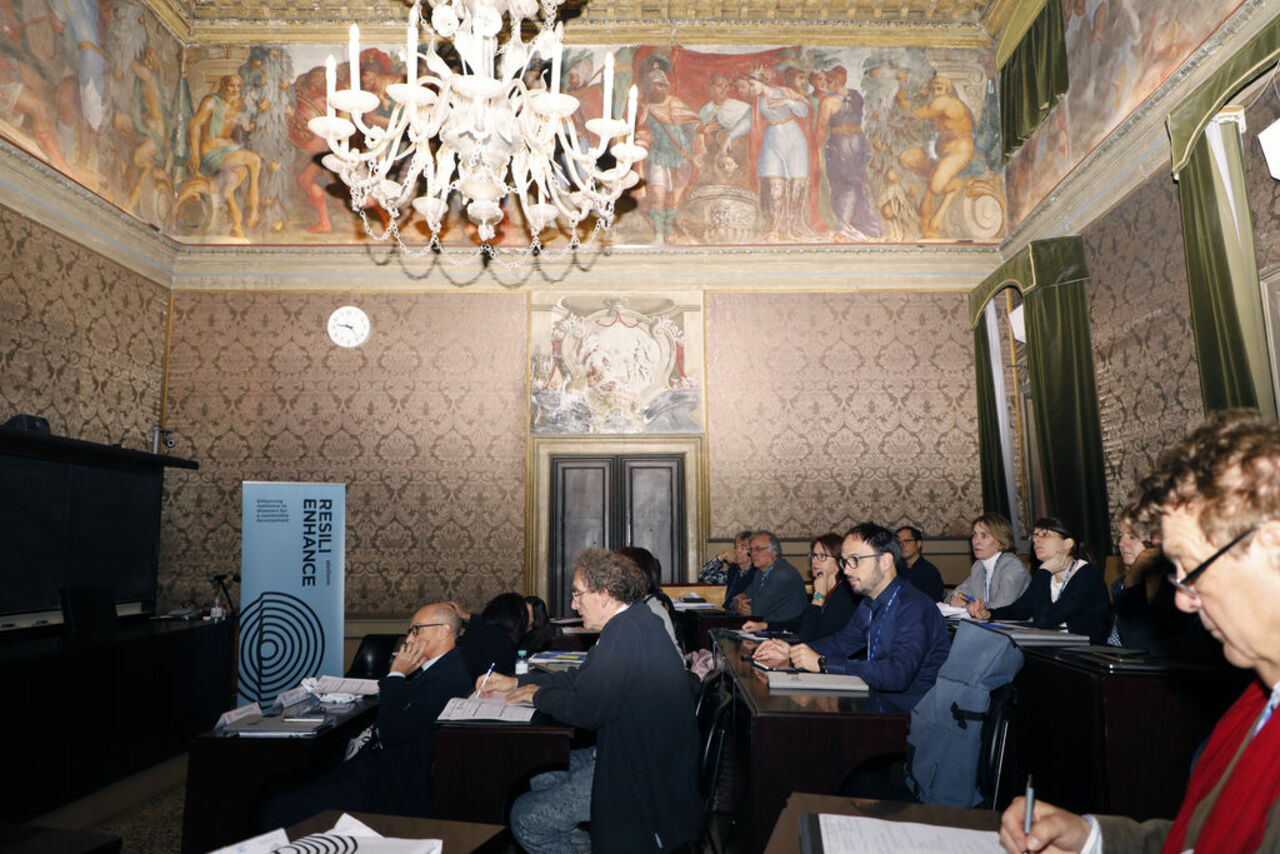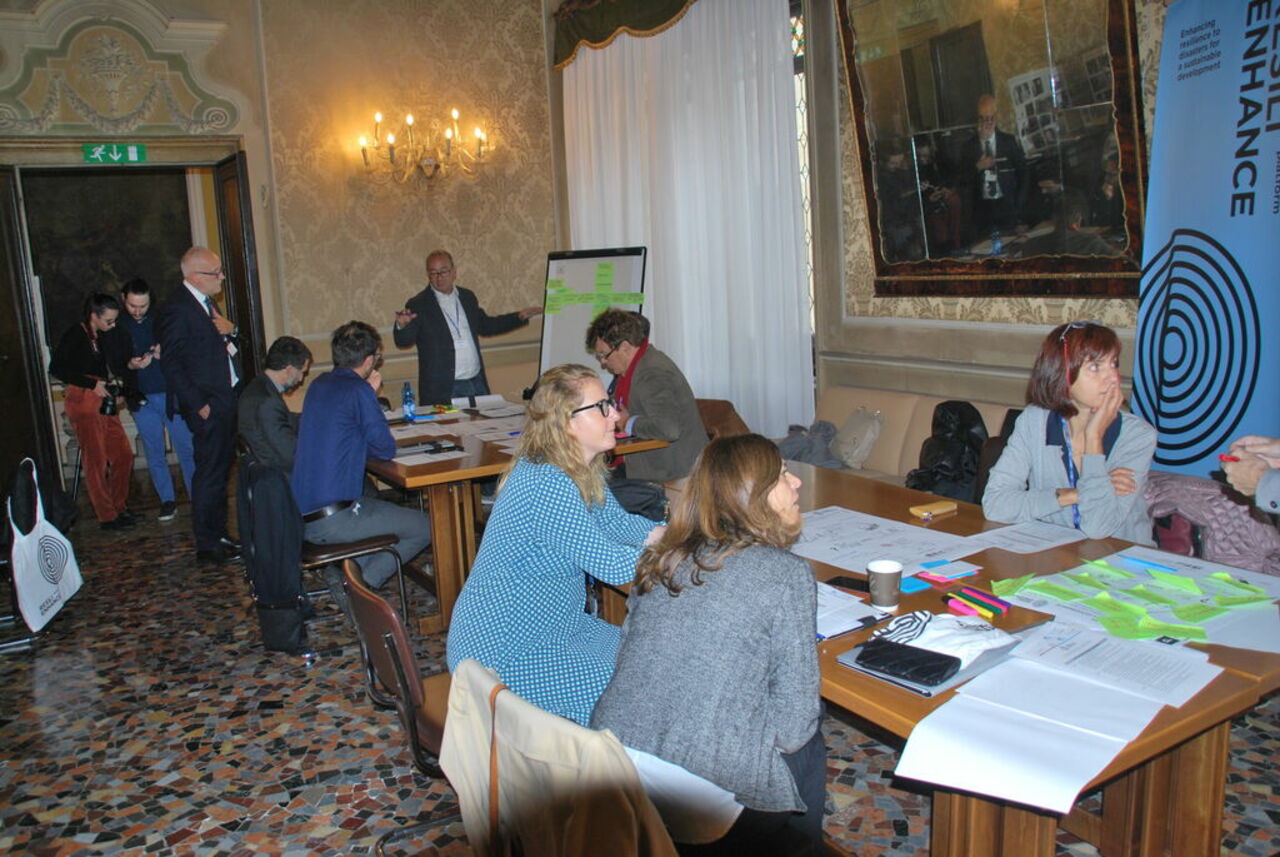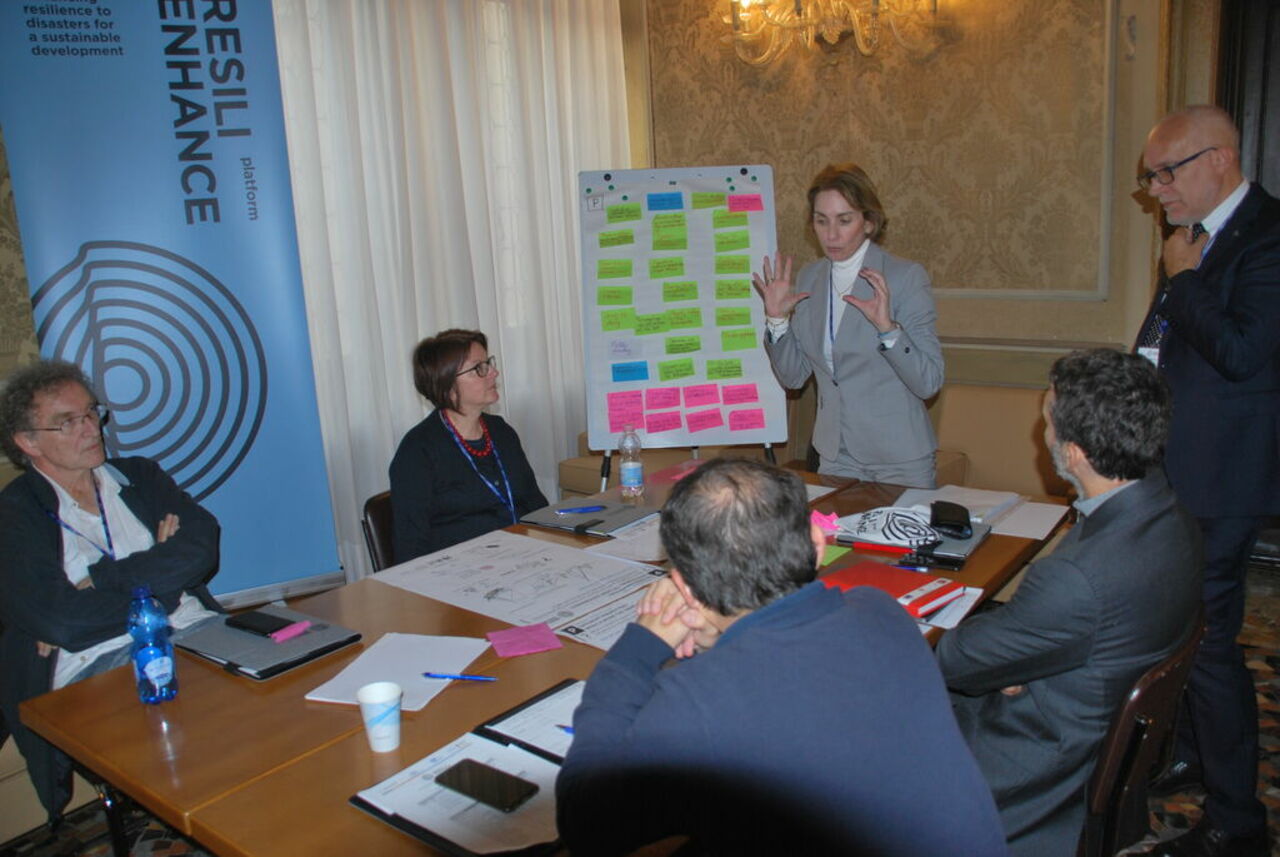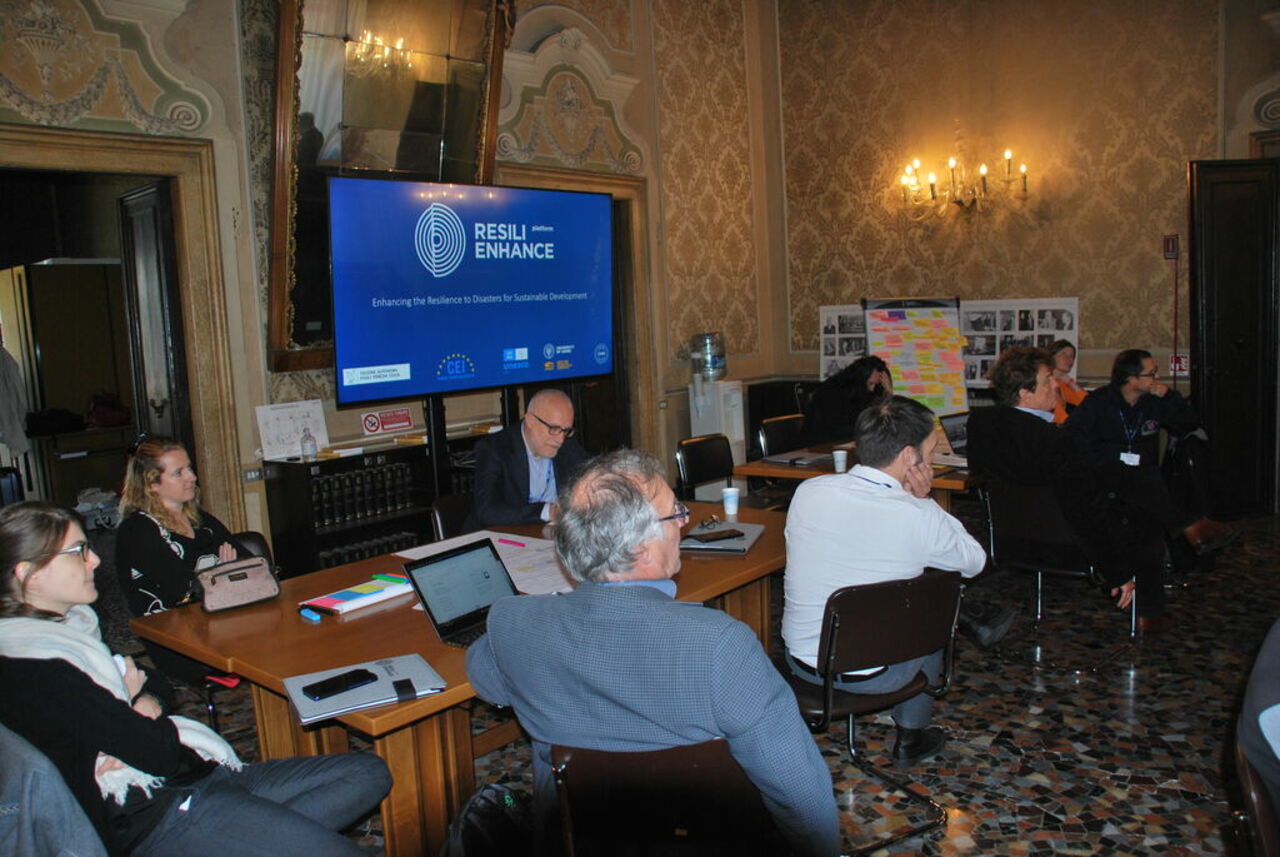The context
Events and phenomena with a strong impact on the territory are increasingly common and are exacerbated by climate change; they are related to natural hazards (e.g., floods, tornadoes, earthquakes, hydrogeological instability phenomena), human activities (e.g., air pollution, water pollution, deforestation, soil degradation, abandonment of territories), or combinations of the two. These events are affecting with greater frequency and intensity all countries around the world, including those of Central Europe. Moreover, social and natural systems have become increasingly complex and strongly interconnected. These aspects draw special attention on the relevance of adopting intersectoral approaches to ensure safety and resilience at territorial level.
The Sustainable Development Goals introduced by the UN Global Agenda 2030 require accounting for the above-mentioned aspects (comprising systemic risk management, complexity, etc.). Therefore, there is an urgent need to promote the design, development and adoption of effective methods and strategies for managing development processes that are both risk-informed and science-based.
The COVID-19 pandemic clearly highlighted the need to create and strengthen tools and strategies for dealing with crisis situations in a synergistic and coordinated manner, at various levels. With this in mind, the "Next Generation EU" Recovery plan aims to help repair the immediate economic and social damage caused by the coronavirus pandemic. It states that the post-COVID-19 Europe will be greener, more digital, more resilient and better fit for the current and forthcoming challenges, and will ensure reaching the UN Global Agenda 2030 goals among the objectives of returning to a new normal. Alongside with the digital and ecological transition, there is a call for greater resilience and ability to manage territorial risks, as explicitly defined in the priorities of the Sendai Framework for Disaster Risk Reduction 2015-2030, and recently emphasized by the latest Global Assessment Report 2022.
The post-pandemic recovery, therefore, constitutes an opportunity to reduce the risks deriving from natural hazards and to increase resilience to future critical events and crises. The systemic dimension and the complexity of the aforementioned issues require strengthening the cooperation among countries, to guide the transition from reducing risk to creating resilient and safe societies, and to introduce stimulus to increase integration processes, good neighborly relations, and interregional cooperation.
ResiliEnhance Program
Enhancing the Resilience to Disasters for Sustainable Development
Project Co-financed under Friuli Venezia Giulia Regional funds (L.R18/2011) - CEI-FVG operative programme 756/2021
Natural hazards and manmade accidents call for enhancing resilience to disasters as a fundamental prerequisite for sustainable development.
In a complex and interconnected world, in which uncertainty and surprises are the new normal, the capacity to face the changes and disruptions is becoming central. This challenge can be faced through the adoption of an intersectoral safety approach based on evaluation, anticipation and adaptation capabilities.
The RESILIENHANCE program launches an expert platform to explore effective ways and means for strengthening territorial resilience to adverse events and critical situations in the context of complexity and systemic risk.
The enhancement of resilience and safety allows societies to build a sustainable development characterized by a greater capacity to act proactively and to prevent and address future risks and crises.
To contribute actively to this process, the Friuli Venezia Giulia Region, the Central European Initiative, the UNESCO Chair on Intersectoral Safety for Disaster Risk Reduction and Resilience of the University of Udine, and CISM are promoting the Resilienhance program. The program foresees the implementation of a series of activities aiming to link diverse viewpoints, expertise, and knowledges of experts in different disciplines contributing to resilience.
The aim of the program is to achieve the following short- and long-term results:
- elaboration of recommendations and reference guidelines to address the issue of strengthening territorial resilience and safety, in the various phases of the disaster management cycle with an intersectoral approach;
- creation of an interdisciplinary network between experts from scientific institutions, United Nations agencies, EU institutions, and regional and national governmental and territorial institutions, to promote a holistic approach for increasing territorial resilience to disaster risk;
- increase of the synergy between scientists and policy- and decision-makers, aiming at enhancing resilience and safety to support sustainable development.
